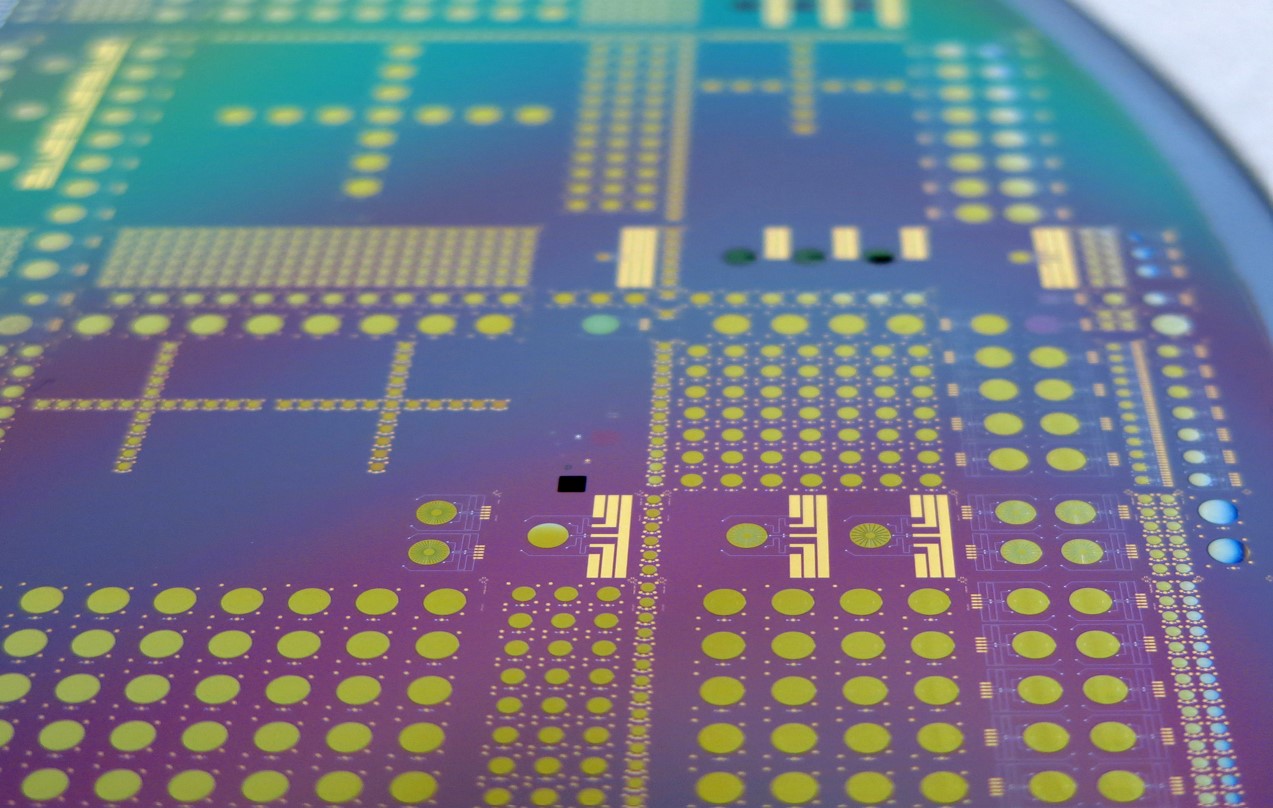"CEA-Leti Presents RRAM’s ‘Promising Advantages’ For Neuromorphic/In-Memory Computing at IEDM 2022
CEA-Leti
A CEA-Leti tutorial presented at IEDM 2022 highlighted promising advantages that resistive random-access memory (RRAM) technologies hold for implementing novel neuromorphic/in-memory computing systems for massively parallel, low-power and low-latency computation.
Published on 7 December 2022
In a presentation titled
"Resistive Memories-Based Concepts for Neuromorphic Computing",
Elisa Vianello, CEA-Leti's edge AI program manager, said RRAMs, aka memristors, offer advantages in energy efficiency and computing power when processing AI workloads. She noted, however, scientists must overcome device issues, especially variability, quantization error and limited endurance to achieve commercialization of this approach.
During the conference, CEA-Leti also reported development of the first end-to-end, gesture-recognition solution for ultralow power implementation on silicon with an estimated always-on total power consumption of 0.41 μJ/frame. This breakthrough, presented in the paper
"Spike-based Beamforming Using pMUT Arrays for Ultra-Low Power Gesture Recognition", used low-power piezoelectric micromachined ultrasonic transducers (pMUTs) to emit and sense ultrasonic signals. This novel spike-based beamforming extracts spatial temporal information and a spiking recurrent neural network (SRNN) to perform simple gesture detection and classification.
Neuromorphic In-Memory Computing
In recent years, "neuromorphic" has been used to describe mixed-signal and pure digital systems that can be used to simulate spiking neural networks. As interest in the potential for this technology grew, the neuromorphic researchers were joined by material and device-physics researchers to study memristor properties and leverage their physics to implement neural and synaptic functions.
Meanwhile, artificial intelligence (AI) algorithms were being applied in healthcare, robotics, agriculture and other sectors, but those applications face power constraints. To address some of these challenges, CEA-Leti's AI research focuses on the development of novel brain-inspired technologies and processing methods. This requires researchers in multiple disciplines to combine their efforts and simultaneously co-develop technologies, circuits, processing methods and the supporting computing architectures, Vianello said.
"Spike-based Beamforming Using pMUT Arrays for Ultra-Low Power Gesture Recognition"
Explaining CEA-Leti's breakthrough end-to-end, ultralow power gesture-recognition solution, Emmanuel Hardy, lead author on the paper, said previously published systems in the literature were implemented with off-the-shelf sensors and readout electronics, so gesture recognition is always performed offline in software with full precision for the inference.
Traditional beamforming directly combines the sine waves in analog or digital format after applying delays. CEA-Leti's spike-based technique simplifies the process by encoding the phase of a signal by a single spike per signal period. It then allows scientists to apply simple logic on spikes to implement beamforming. A spiking recurrent neural network (SRNN) takes the spike density as an input to perform gesture detection.
CEA-Leti's end-to-end, gesture-recognition solution is suitable for ultralow power implementation on silicon with an estimated total power consumption of 0.41 μJ/frame. The breakthrough uses low-power sensors with pMUTs and extracts and processes the minimum information with CEA-Leti's novel spike-based beamforming. It also includes classification in the spike domain with a SRNN.
The institute also is working to develop an energy-efficient RRAM-based SRNN.
"Our system supports a fully integrated approach enabling ultralow-power, end-to-end operation," Hardy said. "Its primary advantage is its low manufacturing cost and easy integration, which suits its use in wearable and automotive applications. The system could be also used for acoustic ranging with interesting applications in robotics and drones.""
https://www.leti-cea.com/cea-tech/leti/english/Pages/What's-On/Press%20release/CEA-Leti-Presents-RRAM%E2%80%99s-%E2%80%98Promising-Advantages%E2%80%99-For-NeuromorphicIn-Memory-Computing-at-IEDM-2022.aspx
- Does this have anything to do with Weebit?
- And do I have it right that there are actually only two RRAM suppliers, TSMC and Weebit?
And there is already a RRAM deal:
"Infineon’s next generation Aurix microcontrollers will make use of resistive RAM (RRAM) embedded non-volatile memory instead of embedded flash.
Foundry Taiwan Semiconductor Manufacturing Co. Ltd. (Hsinchu, Taiwan) is offering embedded RRAM as an option on its 28nm CMOS manufacturing process and Infineon said it will make use of this with samples available to customers before the end of 2023.
And a deal has already been struck with ReRAM:
..."
https://www.eenewseurope.com/en/infineons-microcontrollers-to-go-rram-with-tsmc/
